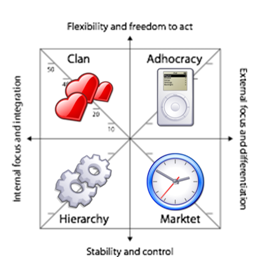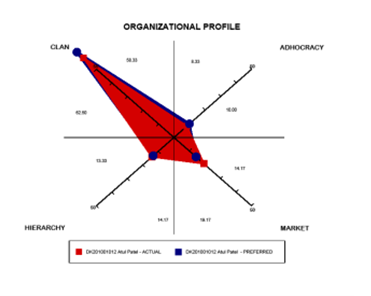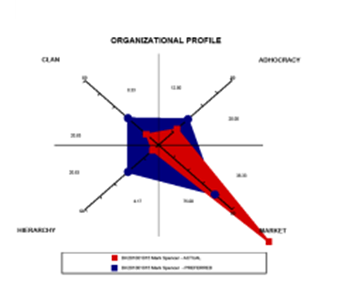Is this how you feel, pushing your business forward? For far too many of our clients, growth has slowed. Maybe even stalled! Gone in the wrong direction? Let me share some of the illustrations and see if they fit your company?
- One case was a fast growing entrepreneur who found his network shifting to other solutions.
- A client in the B2B world was watching his competitors get acquired and the roll-ups were better able to buy and supply his clients. Growth was a challenge.
- After a talk I gave to real estate brokers we heard the endless lament that they weren’t growing because of how younger people bought homes.
- In another case a real estate broker couldn’t seem to find new agents.
- Another was an insurance company that was frustrated that young people weren’t getting married in their twenties any longer. So they weren’t buying houses and needing insurance. In fact, those millenials were renting apartments and not even buying cars.
When we looked at the business environments from the outside in, the problem seemed to be with those millennials or the other solutions or the roll-up consolidations. “Not my problem” was the common retort.
The solution was going to be hard if we had to change our societal trends. Instead, as corporate anthropologists we suggested that they look at their strategy and business to see if it was time to change their business model, their culture and their strategies.
Are you ready to take a hard look at how you get things done?
Recently, I led several workshops on company culture change for different mid-market businesses. And published a recent blog on the topic as well.
To better see their businesses in a new light, these CEOs took an online Organizational Culture Assessment Instrument (OCAI)—you can even try it at www.ocai-online.com)—to examine their cultures as they are today and see how they would prefer them to be in the future. The OCAI helped them each place their company into one of four quadrants.
 On the left are the four quadrants—four very different ways companies organize themselves into corporate cultures. Designed at the University of Michigan by Kim Cameron and Robert Quinn, the OCAI becomes a powerful tool for helping business leaders evaluate their culture today and begin to see where they would prefer to be in the future.
On the left are the four quadrants—four very different ways companies organize themselves into corporate cultures. Designed at the University of Michigan by Kim Cameron and Robert Quinn, the OCAI becomes a powerful tool for helping business leaders evaluate their culture today and begin to see where they would prefer to be in the future.
Check out the graphs below. They show two very different ways our CEOs viewed how they get things done, the glue that holds their businesses together, their leadership styles and their definition of success. The graphs also reveal the fundamental way they do business, as well as the way they grow their business.

The company illustrated in the right graph is very concerned about its team,
collaboration, human talent and the “clan.” And it is rather satisfied with staying that way.
The company depicted on the lower left graph is very concerned about competition, growth, reaching out, beating others, delivering results—very market-driven but not necessarily wanting to stay that way.
 In fact, its graph suggests that the focus on market-driven results needs to be modified to allow for more innovation and collaboration.
In fact, its graph suggests that the focus on market-driven results needs to be modified to allow for more innovation and collaboration.
Their companies’ graphs became an excellent way to kick start their own visual awakening, and yours. In your head you may realize it is a good time to change—but behavior change and cultural change are both tough.
So how do you change your company culture, anyway?
Here is a presentation that can help you better understand the processes of culture change.
Let us review the top line insights:
- First, remember culture change is a journey. This is not a two-month culture change process that you put into place and step back and watch.
- As humans, we are very happy doing every day what we did yesterday. The habit-trail is an efficient and adaptive driver of our own survival. Why use more energy than we need to? Habits are going to slow down the process.
- There is a process for change. It isn’t chaotic. And you don’t need to change all you staff.
- But you do need to change the core values, beliefs and behaviors. And it starts with the leadership and works its way down. If the leadership doesn’t change don’t expect anyone else to, either.
Here’s how to begin the culture change process, in short form
Changing those habits means we need to do four things:
- Create a clear picture in your mind that can be shared in a story about how you will get things done in the future. If you are making acquisitions or merging with other companies, you need to step back and decide whether the success of the new company will be brought about by “doing it the way we, the acquirer, has always done it?” Or, is this a crucial time of growth and change where you are going to have to become more structured? More market-driven? Or more innovative as you bring in new ideas and new people? If so, how will you realistically accomplish any of these?
- Build a team strategy for moving the organization toward a new way of doing things. This necessitates a lot of people changing. For the best results, let them help you build the strategy. What will you actually “do”? Can you map out what you will “Start, Stop and some things you will never Change.”
- Frame a clear plan about what you want “more of and less of.” What will you do differently, much less of, and even stop altogether? For our over-compensating entrepreneur, you can almost envision her realizing how she has to change her daily routine, get out of the office and stop doing everything for everyone.
- Celebrate. Do not underestimate the power of praise, celebration and new rituals.
One CEO said it so well: “I guess I really need a plan and I need to live it!” Another realized that “talk is cheap, execution wins.” They, too, recognized that their brains hated change as much as those of their employees. If they did not lead, no one else was going to either. They recognized that the time was ripe for a new culture. They saw that the times, they were “a-Changin.’”
Don’t forget, if you need a hand call us.
From Observation to Innovation,

Andi Simon, Ph.D.
Corporate Anthropologist | President
Simon Associates Management Consultants
Info@simonassociates.net
@simonandi




